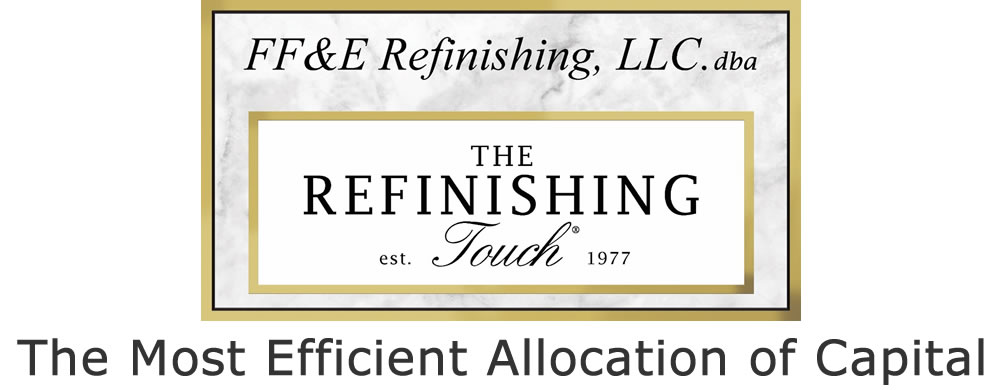In previous posts we have shared our views on furniture asset management as environmental and fiscally responsible behavior. We discussed the need to maximize opportunities to reuse resources, minimize waste, and to take stock and understand the value of current furniture assets.
 Which brings us to one of the cornerstones of furniture asset management; inventory management. We help our customers to gain visibility and to track furnishings, fixtures and equipment as capital assets with our Global Furniture Asset Management, or GFAM, web-based asset management tool. If you’d like to hear more about this, please contact our team.
Which brings us to one of the cornerstones of furniture asset management; inventory management. We help our customers to gain visibility and to track furnishings, fixtures and equipment as capital assets with our Global Furniture Asset Management, or GFAM, web-based asset management tool. If you’d like to hear more about this, please contact our team.
Whichever system you use, it’s important to ensure that someone takes ownership of furniture inventory management. We typically find that this is managed by facilities management teams, but it’s important that the ownership is supported and encouraged by general management and also by finance. Furniture is a considerable investment for any college, hotel or government organization, and it’s important that it is tracked.
Establishing an inventory management system for furniture starts with an active database. Note the highlight on the word active. We talk to many organizations keen to discuss how much they can save through furniture asset management that have outdated or non-existent databases of existing furniture assets. They aren’t sure what furniture they have, where it is or what condition it is in. The old adage ‘you can’t manage what you can’t measure’ is certainly true in furniture asset management.
One obvious challenge of managing furniture is the ease with which pieces can be reconfigured and moved. This means it is important to track them and to have someone with an assigned responsibility to keep the database updated. Audits are essential. If your organization doesn’t have an updated database of its furniture, then you need to do a furniture audit. Map out, room-by-room and building-by-building, the furniture assets you have, where they are, what they are and their condition. Best practice involves associating the date and cost of acquisition, a practice which your finance team will appreciate. It shows how best furniture asset management practices such as refinishing, re-upholstery and remanufacturing can save up to 80 percent of budgets.
When tracking furniture we consider location, condition and evaluation of existing assets as three key criteria that need to be consistently tracked. There’s no need to have a complicated system as this is about simple quality control measures that will determine where money has been spent, where it can be saved and how budgets can be protected.
Finally, it’s important to consider the furniture asset management best practice of buying high-quality furniture in the first place. Increasingly we find that clients turn to us before they make new purchasing decisions, to ask us for our opinions of which product they should buy; which materials, which finish. We understand the importance of helping our clients to make a best value decision at the moment of purchase, to give then long-term investment protection.
For more details of how we approach inventory management in the real world or to hear about our Global Furniture Asset Management (GFAM) tool, please contact us at [email protected].
